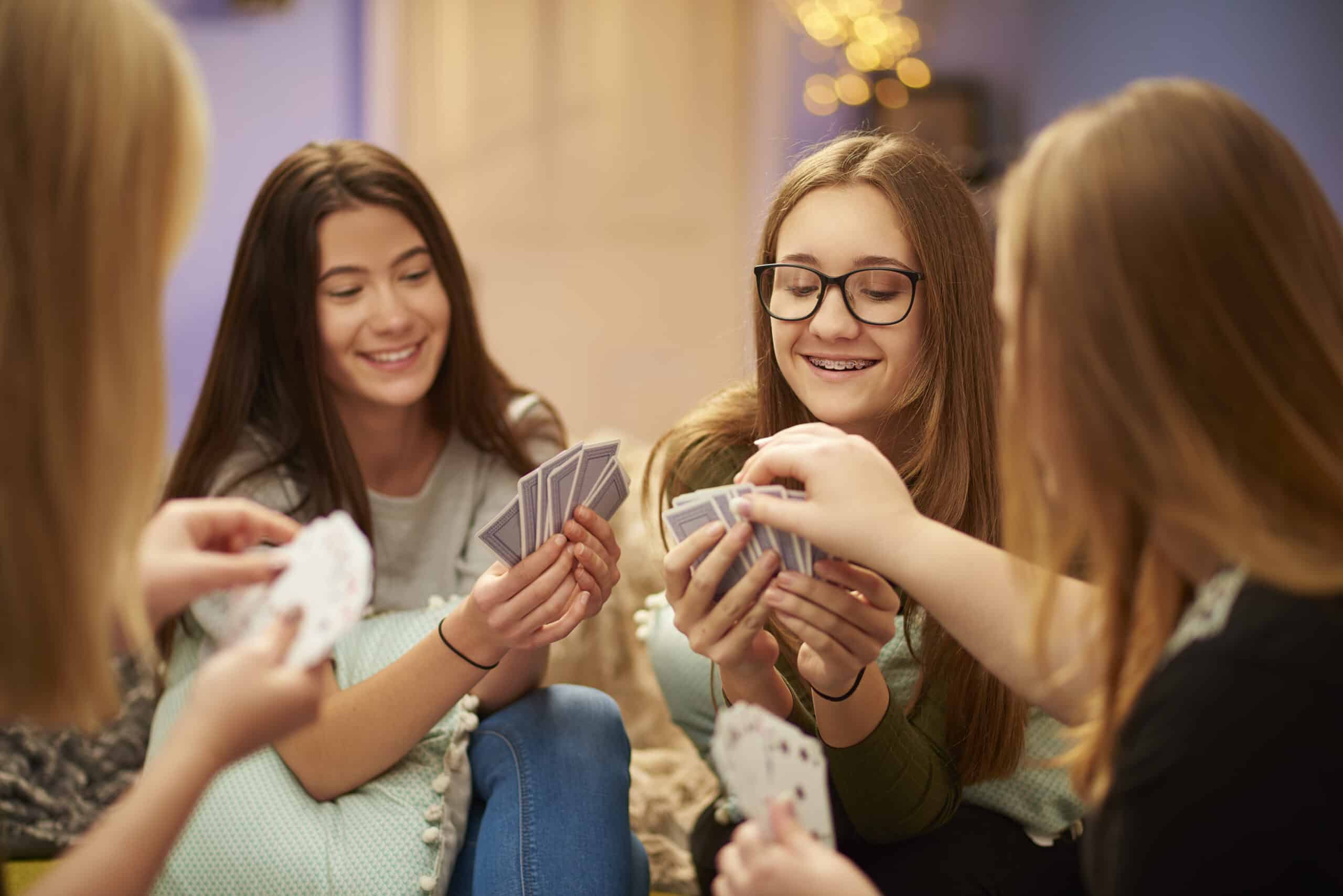Blog
Play your cards right – the value of strategic games

Mark O'Brien
HMC Public Affairs Officer (Scotland)
Read the blog
Before writing this blog, I hadn’t come across the term mind sports education. It refers to strategic games like bridge, backgammon and chess which strengthen players cognitive skills, improves concentration and enhances memory.
Researchers at the University of Stirling have produced a 24-page report, based on interviews with 15 bridge teachers outlining the opportunities and problems associated with the playing of bridge in a school.
As Scotland overhauls its Curriculum for Excellence and reassess its assessment practices following the 2024 Independent Review of Qualifications and Assessment, could a simple deck of cards prove to be an unexpected yet valuable tool for educational improvement?
In schools across Scotland, children gather in groups of four and concentrate on the ‘task at hand’: winning tricks at bridge and outsmarting their opponents through strategic thinking.

Three Skills
The latest research of Bridge: A MindSport for All (BAMSA) paints a compelling picture of educational innovation. Their report, Landscape of Youth Bridge in Scotland, reveals that bridge develops not one but three critical skills: social cooperation, mathematical thinking, and strategic reasoning.
“The game teaches you good arithmetic skills,” noted one teacher in the study, who observed how quickly bridge improved some pupils’ mental arithmetic. Other teachers highlighted that bridge helps students develop a specific kind of abstract thinking that is not “something you get taught at school”.
Perhaps most striking are the social benefits. In a time where digital dominates often replace face-to-face ones, bridge creates ample opportunities for socialising. The principle here is ‘partnership’, where communication is central. Through its partnership-based structure, bridge teaches children to respect and cooperate with each other in what one bridge teacher called “a sort of microcosm of life.”
Playing the game
Bridge: A MindSport for All’s groundbreaking study captured the insights of experienced bridge teachers. Rather than deliver lengthy talks on bidding theory or card valuation, the teachers immerse students immediately in the experience of play. This yields remarkable results for youth engagement, with pupils describing bridge and mind sports education as “mind-blowing” and a “workout for the brain”.
At present, bridge and mind sports education is available in a dozen Scottish schools, spanning both the primary and secondary provision and encompassing both state and independent schools. The clubs are led by expert bridge teachers – many of whom are active or retired schoolteachers. The bridge clubs are free and are supported by the work of dedicated volunteers who devote their time to the after-school activities. Several additional schools are set to begin offering bridge in autumn 2025.
Yet despite its promise, bridge and mind sports education is not immune to some of the inherent difficulties in the provision of education. Academic demands, particularly in secondary schools, impose timetabling constraints that can slow down integration.
Moreover, without committed internal advocates, bridge clubs risk losing momentum. This prospect is particularly exacerbated by the occasional departure of key figures coordinating the promotion and scheduling of mind sports activity.
Not just a game
According to the new report the current curriculum reform presents a once-in-a-generation opportunity to integrate the benefits of bridge and game-based learning into schooling. Imagine mathematics teachers using bridge to make abstract concepts concrete, or social studies teachers using bridge to illustrate decision-making. The potential extends far beyond the cards themselves.
BAMSA has launched a new Learning & Teaching Hub – a centralised resource to facilitate the integration of bridge and mind sports education in schools. This innovative platform offers a structured ten-lesson programme developed from successful practices in Norway and Denmark.
The materials include animated tutorials, printable lessons, and weekly exercises, which are free to use and share. Each of the ten beginner lessons focuses on a specific aspect of the game, from basic concepts like tricks and trumps to more advanced elements like card sequences and bidding.
The importance of champions
The study reveals that schools with thriving bridge programmes particularly where passionate champions bring the game to life for young players. The most successful initiatives prioritise hands-on learning and social engagement over theory, making bridge both accessible and enjoyable.
The report on youth development includes some ideas for attracting and retaining young players, for example, bridge cafes where young people gather to play and socialise and mentorship programmes brining together experienced players and young people.
The research identifies some obstacles too – from competing demands on young people’s time to the challenge of keeping programmes running when key people move on. Yet the opportunities are substantial, especially if bridge can be better integrated within schools.
Educational leaders interested in introducing bridge to their schools can now access all necessary resources through the BAMSA Learning Hub.
Are you interested in exploring how bridge and mind sport education could be integrated into your school?
Email [email protected] for an informal discussion.